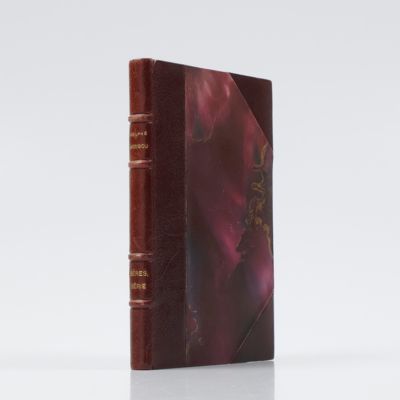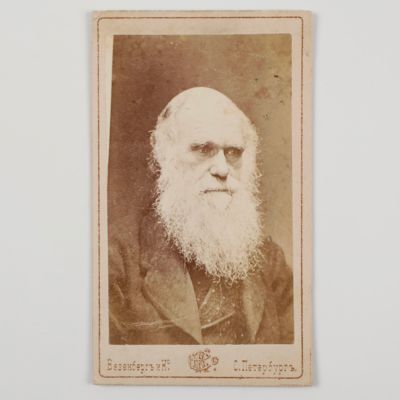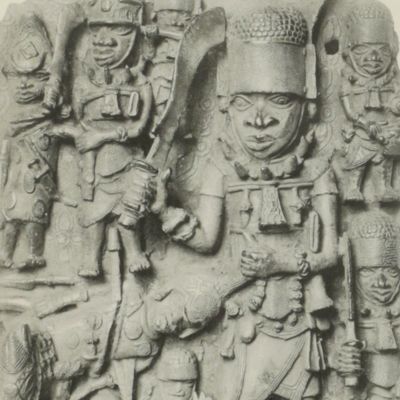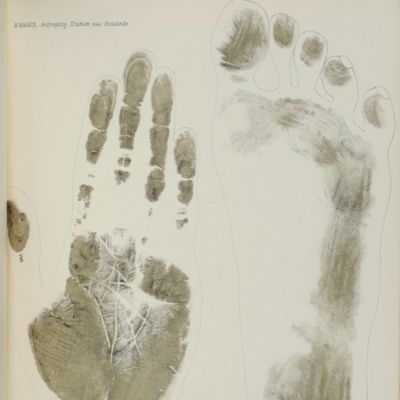[Book simulant]
"Book simulant", "Buch Atrappe" or "Faux Livre". [Cookie Jar].
Reading, Huntley and Palmers, ca. 1910. A tin with lid, disguised as a uniform set of eight pocket-size books, bound in a "leather" strap (15.8 x 12.0 x 16.1 cm). Red painted tin. "Spines" with gilt and black bands, vignettes, and titles; front and rear "board" with black and gilt arabesques; all "edges" gilt; strap brown.
The spine titles are "History of Reading", "Biscuits", "Poetry", "Essays", "Travels", "Science", "Cakes", and "Modern Reading": the essential book categories, at least from a biscuit maker's point of view. Near the foot of the spine of the second and seventh "volume", the firm's name is printed. "Huntley & Palmers is a British company of biscuit makers originally based in Reading, Berkshire. Formed by Joseph Huntley in 1822, the company became one of the world's first global brands (chiefly led by George Palmer who joined in 1841) and ran what was once the world's largest biscuit factory. The biscuits were sold in elaborately decorated biscuit tins. In 1900, the company's products were sold in 172 countries; further, their global reach saw their advertising posters feature scenes from around the world. Over the years, the company was also known as 'J. Huntley & Son' and 'Huntley & Palmer'. In 2006, the Huntley & Palmers company was re-established in Sudbury, Suffolk. Since 1985, the New Zealand firm Griffin's Foods has made Huntley and Palmers biscuits under licence. In 2017, conservators found a 106-year-old fruitcake from the company in the artefacts from Cape Adare. The cake is believed to have been part of the rations of Captain Robert Falcon Scott’s Terra Nova Expedition in 1910-1913. At their height, they employed over 5,000 people and became the world's largest biscuit firm in 1900. The origins of the firm's success lay in a number of areas. They provided a wide variety of popular products, producing 400 different varieties by 1903, and mass production enabled them to price their products keenly. Another important part of their success was their ability to send biscuits all over the world, perfectly preserved in locally produced, elaborately decorated, and highly collectible biscuit tins. The tins proved to be a powerful marketing tool, and under their easily recognisable image Huntley & Palmers biscuits came to symbolise the commercial power and reach of the British Empire in the same way that Coca-Cola did for the United States. In 1900, Huntley & Palmers biscuits were sold in 172 countries" (Wikipedia). Corrosion to the "edges", less so to all other sides but still showing the signs of time, yet in all an attractive piece still.
!["Book simulant", "Buch Atrappe" or "Faux Livre". [Cookie Jar].](https://schierenberg.nl/media/cache/product_thumb/78269/78269.jpg)
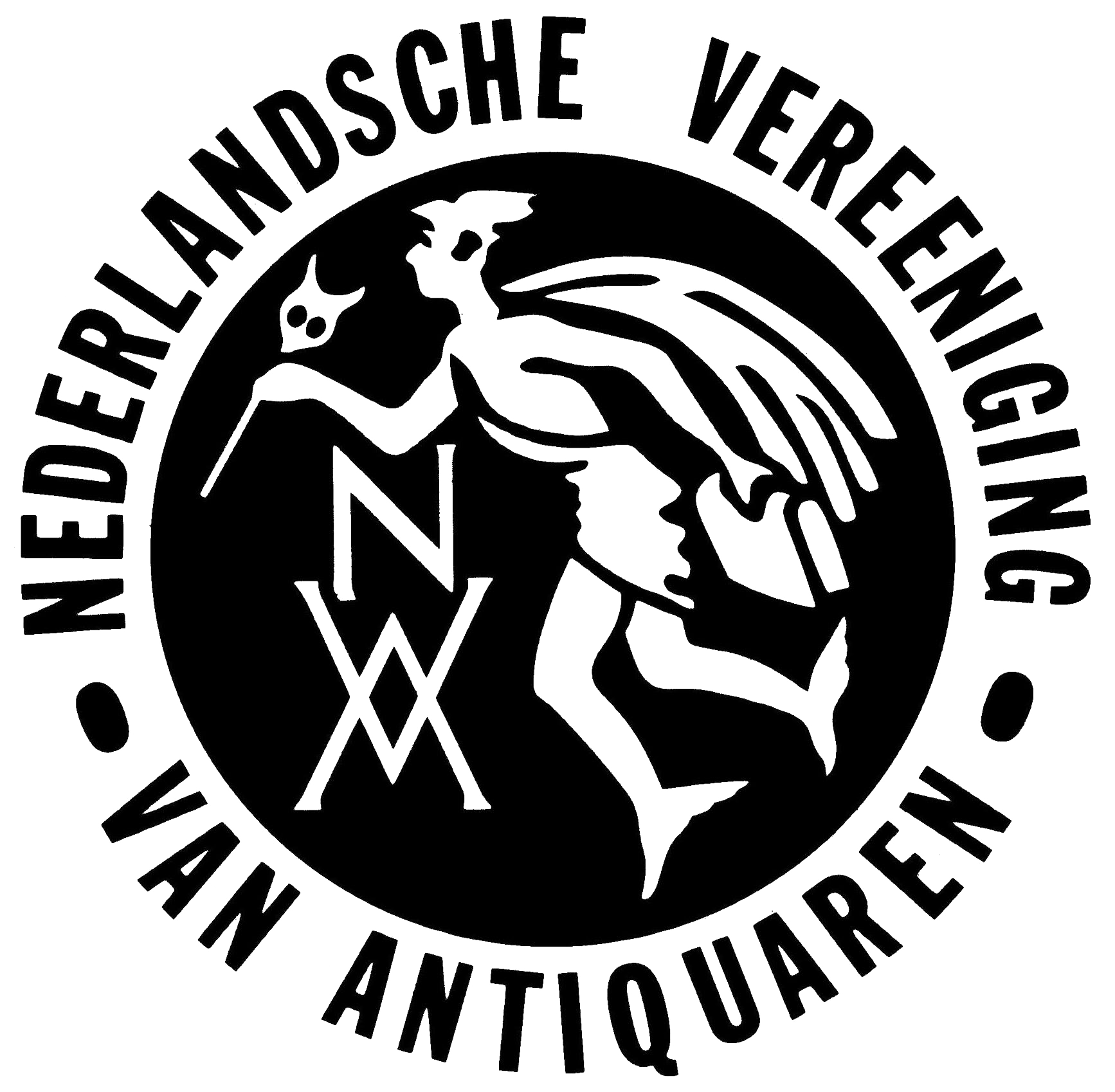
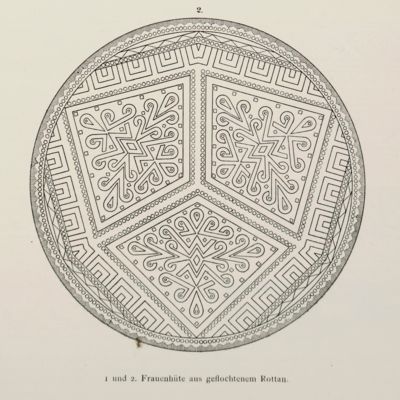
![image for De Indische Bij, Tijdschrift ter Bevordering van de Kennis der Nederlandsche Volkplantingen en Derzelven Belangen. Eerste Deel. [Volume I; All published].](https://schierenberg.nl/media/cache/product_thumb/43404/43404_x.jpg)
![image for Encyclopédie Méthodique. Théologie. I-III. [Complete].](https://schierenberg.nl/media/cache/product_thumb/78595/78595.jpg)
